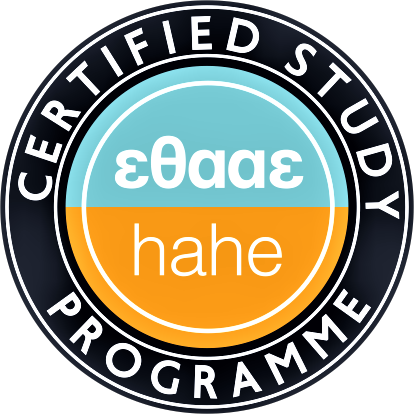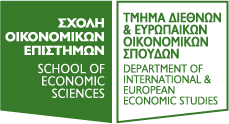Banking
TYPE OF COURSE: Compulsory for the specialization “International Economics & Finance”
NUMBER OF ECTS CREDITS ALLOCATED: 6 ECTS credits
LEARNING OUTCOMES OF THE COURSE UNIT
The course provides an overview of banking activities, the central role of banks in the monetary policy transmission mechanism, and the nature of economic frictions that make banks special. Following an overview of various types of risks that banks face, the course discusses
the rationale and characteristics of micro- and macro-prudential regulation of the banking sector. It covers key topics on banking services, activities and accounts, and concludes with an overview of measures of bank profitability and effective management.
PREREQUISITES AND CO-REQUISITES
Corporate Finance.
RECOMMENDED OPTIONAL PROGRAMME COMPONENTS
Microeconomic Theory I, Macroeconomic Theory I, Money and Banking, Corporate Finance.
COURSE CONTENTS
Banking Sector and Money Creation in the Modern Economy. Monetary Policy Transmission, Quantitative Easing and the Role of Banks. Moral Hazard, Opaqueness and Banking Risks: Credit Risk, Liquidity Risk, Market Risk, Operating Risk. The Role of Banking Regulation. Banking Services, Activities & Accounts. Profitability and Effective Bank Management.
RECOMMENDED OR REQUIRED READING
- “Banking Economics”, G. Sapountzoglou-X. Pentotis, Benos G. Publications, 2017, (Recommended Bibliography).
- “Money Creation in the Modern Economy”, M. McLeay, A. Radia, and R. Thomas, Bank of England Quarterly Bulletin, 2014Q1 (Recommended Bibliography).
- “Lectures in Corporate Finance”, S. Pagkratis, Athens University of Economics and Business, 2011 (Recommended Bibliography).
- “Banks and Financial System (Markets-Products-Risks)”, P. Angelopoulos, Stamoulis Publications, second edition, 2013 (Alternative Bibliography).
PLANNED LEARNING ACTIVITIES AND TEACHING METHODS
2 Regular two-hour Lectures per week / Case Studies.
ASSESSMENT METHODS AND CRITERIA
Final Written Exam.
LANGUAGE OF INSTRUCTION: Greek with English Terminology





